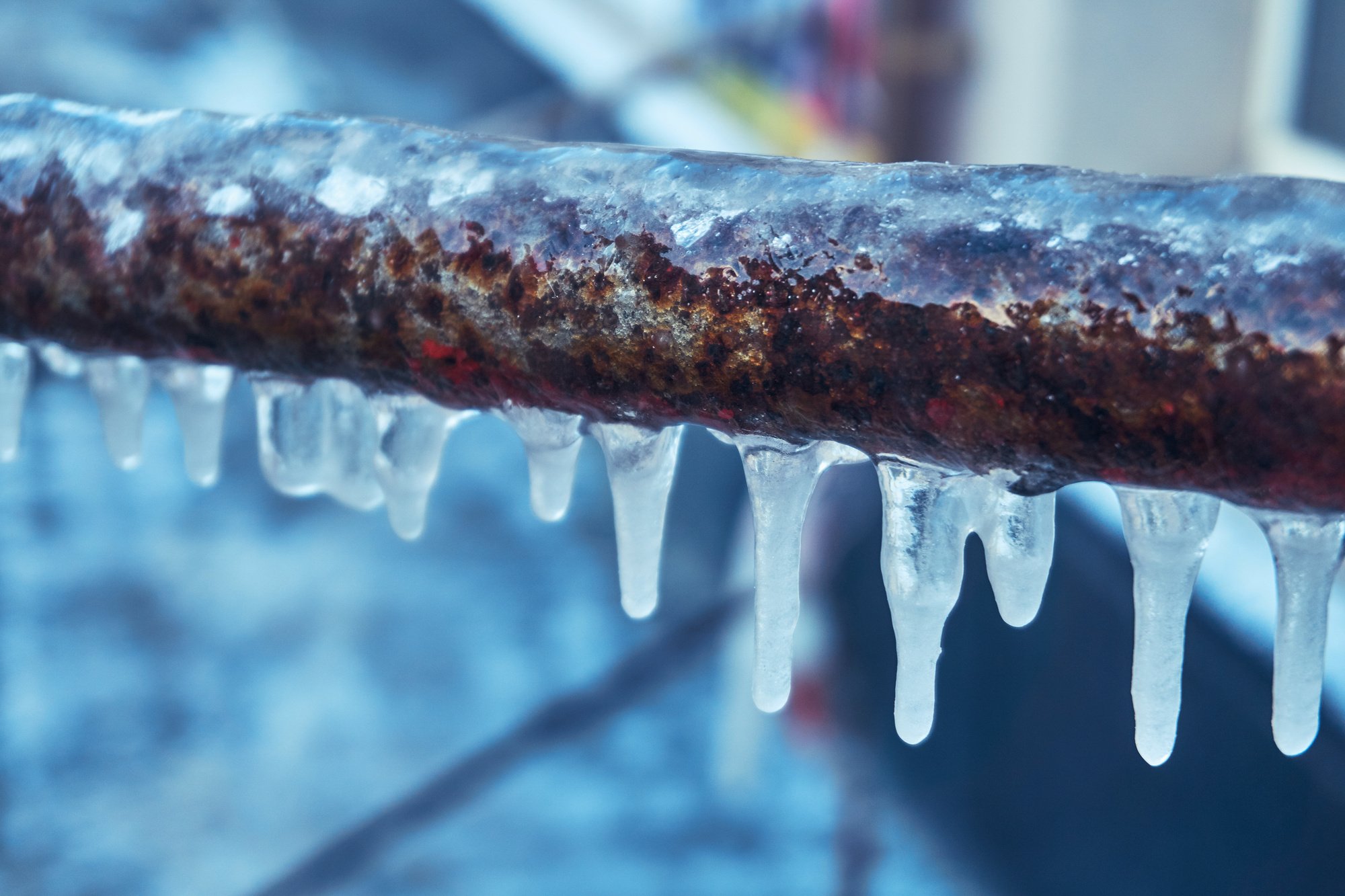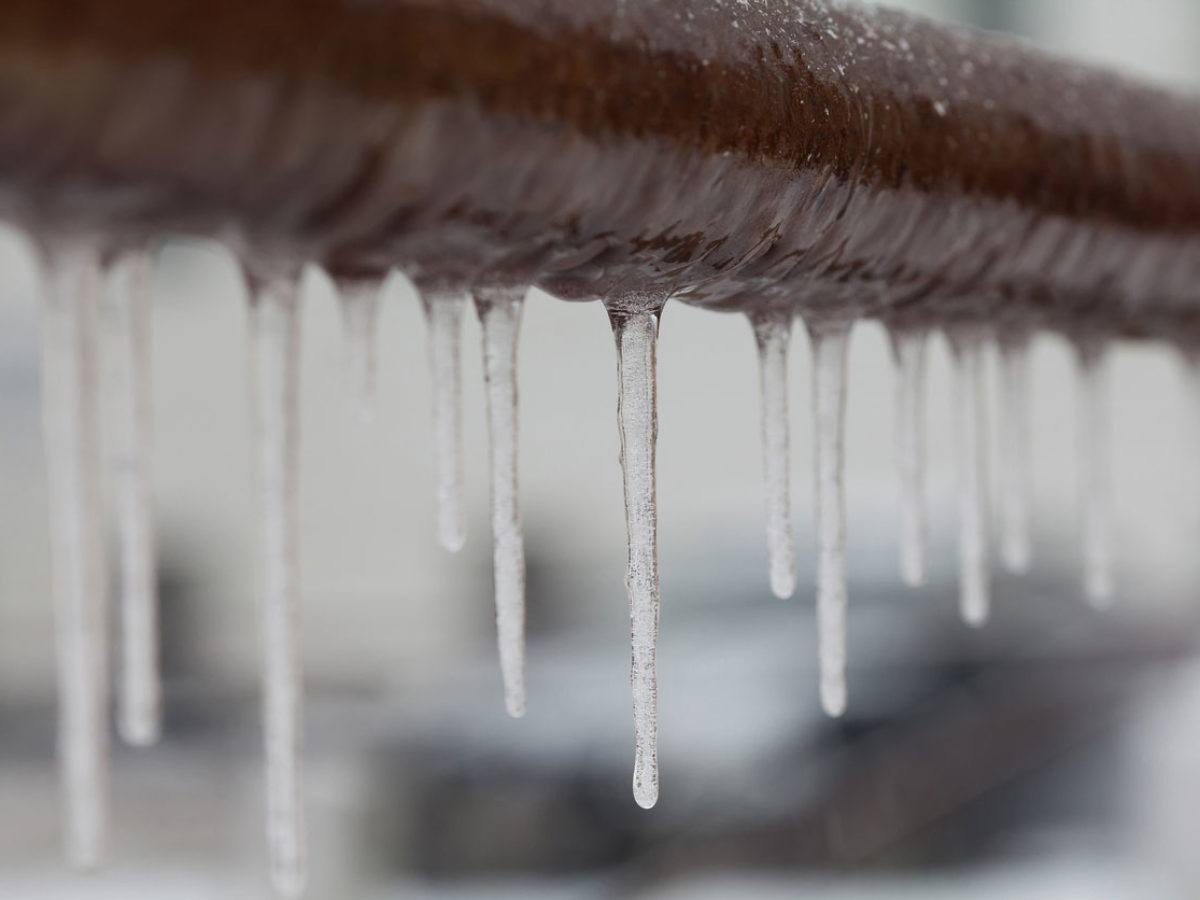Almost everyone maintains their own unique idea in relation to Why Is Ice On My Outside Air Conditione.

Introduction
Uncovering that your AC pipe is frozen can be worrying, specifically during warm summer months when you depend on your air conditioning unit the most. Understanding what to do in such a circumstance is vital to stop more damages to your air conditioning system and ensure your convenience inside.
Comprehending the Causes
A number of aspects can add to the freezing of an air conditioning pipeline. Understanding these causes can assist you deal with the issue efficiently.
Lack of Airflow
One common cause of an icy air conditioner pipeline is inadequate air movement. When the air movement over the evaporator coil is limited, it can cause the coil to go down below freezing temperature, bring about ice development on the pipeline.
Reduced Refrigerant Levels
Not enough cooling agent degrees in your a/c system can also cause a frozen pipe. Low refrigerant levels can cause the stress in the system to go down, bring about the cold of wetness on the evaporator coil.
Winter Conditions
In chillier climates, freezing temperature levels outside can add to the freezing of AC pipes. If your air conditioner device is not appropriately protected or if there are leaks in the ductwork, cold air can penetrate the system, triggering the pipe to ice up.
Dirty Air Filters
Filthy or stopped up air filters can restrict airflow in your air conditioner system, causing different issues, consisting of a frozen pipe. It's essential to change or clean your air filterings system consistently to guarantee correct air flow and avoid ice build-up.
Indications of a Frozen AC Pipe
Identifying the signs of an icy a/c pipe is critical for timely action.
Minimized Airflow
If you discover a substantial reduction in air movement from your vents, it might show a frozen pipeline.
Ice Buildup on the Pipe
Visible ice build-up on the refrigerant line or the evaporator coil is a clear sign of a frozen air conditioner pipe.
Unusual Sounds from the Unit
Uncommon sounds, such as hissing or gurgling, coming from your a/c unit can indicate that there's ice existing on the pipe.
Immediate Actions to Take
When confronted with a frozen air conditioning pipe, it's important to act quickly to prevent additional damages to your cooling system.
Switching off the AC
The primary step is to switch off your a/c to prevent the system from running and intensifying the problem.
Looking for Blockages
Inspect the area around the indoor system for any kind of obstructions that may be obstructing air movement, such as furnishings or curtains.
Thawing the Pipe
You can utilize mild approaches like placing towels taken in cozy water around the frozen pipeline to aid thaw it gradually.
Safety nets
Taking safety nets can assist prevent future occurrences of an icy air conditioner pipeline.
When DIY Methods Fail
If your efforts to thaw the pipe or address other problems are not successful, it's time to hire an expert.
Relevance of Hiring a Professional HVAC Technician
A qualified HVAC professional has the knowledge and tools required to identify and fix problems with your a/c system securely and properly.
Regular Maintenance Checks
Schedule regular maintenance talk to a professional HVAC specialist to guarantee that your air conditioning system is running effectively.
Altering Air Filters
Frequently replace or clean your air filters to prevent airflow constraints and keep optimum efficiency.
Protecting Exposed Pipes
If your a/c pipes are exposed to cold temperatures, consider protecting them to stop cold throughout winter season.
Seeking Professional Help
If DIY methods fail to resolve the problem or if you're uncertain concerning just how to proceed, it's best to seek support from a qualified HVAC technician.
Final thought
Dealing with an icy a/c pipe can be a frustrating experience, yet recognizing how to react can help reduce damage and bring back comfort to your home. By understanding the causes, recognizing the indicators, and taking prompt activity, you can successfully deal with the issue and prevent future occurrences.
G UP? HOW TO FIX IT?
It happens all over America. And the rest of the world probably. It’s the hottest day ever and for some darn reason your AC isn’t cooling the house. You fiddle with the thermostat to try and fix the problem. Nada. All you can do now is go outside and check the AC unit. You make your way there and find your air conditioner unit is frozen! But how?
In this post we’ll cover how you can tell that your air conditioner has frozen (other than the obvious reasons), what could have caused the freeze, and some of the things you can do about your AC freezing up. And if you have a frozen heat pump condenser, read our blog about it to learn what to do! But remember, it is always best to avoid your AC freezing up with an AC tune up. And if you are moving into a home, it's critical to get HVAC inspection so that you are aware of an AC problems before you move in.
Keep reading and you may be able to fix the frozen AC yourself. If you can’t, call an HVAC specialist. If you live in Maryland, call SuperTech HVAC for AC repair. We’ll take care of it.
How Does An Air Conditioning Unit Work?
How you probably imagine an AC works is wrong. Contrary to popular belief, an AC system does not inject cool air into a building. Instead, it removes the heat from inside and transfers it outside. Cool huh? (Pun intended).There are 4 major components among the 3 stations of an air conditioning system: the evaporator coil, the compressor, the condenser, and the refrigerant – a special chemical that links everything together through a closed loop system.
Station 1:
Warm indoor air is sucked into the return vent, through a filter, and blows over the evaporator coil. The heat is absorbed into the cold refrigerant, turning it from liquid to gas. The air, which is now cool, is blown back into the home to areas that your thermostat, i.e. you, has decided.
Station 2:
The refrigerant makes its way outside the house to the compressor, which squeezes the warm refrigerant, raising its gaseous temperature even more.
Station 3:
When the super hot vapor refrigerant reaches the condenser, the last step, the heat is expelled and absorbed into the outdoor air. The refrigerant instantly cools, which changes it from gas back to liquid form. The cold liquid refrigerant is now ready to return to station 1 and repeat the process.
Is Your AC Freezing Up? Here Are The Signs:
As you may have guessed, your air conditioner unit freezing up on a hot day is not normal.
If this happens, there's no need to panic. Often the issue can be solved with a little troubleshooting. If the AC unit is left frozen for too long however, you may find yourself with a bigger problem.
First things first, how do you know your AC is frozen?
Well, the obvious sign is the ice on your refrigerant line-set pipe. Simply check between your outdoor AC unit and your home's exterior wall to see whether your AC line frozen.
You might also have a frozen evaporator coil. This one's not as easy to check. You'll need to open a panel on the indoor unit to inspect. Don't do this unless you're handy. If you aren't, call an HVAC pro like SuperTech HVAC or you may damage something in the process.

I recently found that blog entry on Have a Frozen AC Line? Here’s How to Fix It when exploring the internet. Do you know about someone else who is fascinated with What Do I Do If My AC Pipe Is Frozen? Take a moment to share it. Thanks a bunch for your time. Don't hesitate to come visit our blog back soon.
Schedule An Appointment